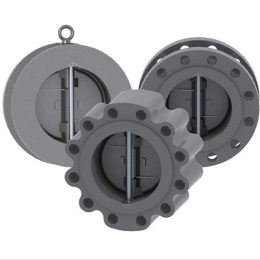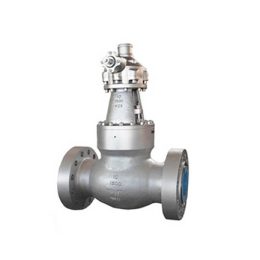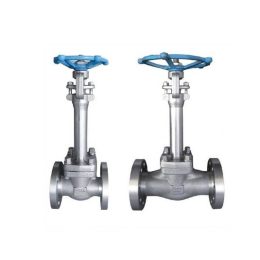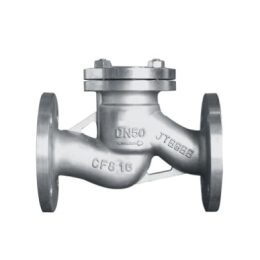Analysis of Valve Casting and Forging Process
Introduction
Casting valves and forged valves are two types of valves used in different applications. Casting valves are generally used for low-pressure applications with larger diameters, while forged valves are used in high-grade pipelines with smaller diameters. In this blog post, we will focus on the casting and forging process of valves and analyze their respective advantages and disadvantages.
Casting Process
Casting is a process of smelting metal into a liquid that meets certain requirements and pouring it into a mold. The process is widely used in the modern machinery manufacturing industry for parts with complex shapes, especially with complicated inner cavities. The cost of the blank produced by casting is relatively low, and it has wide adaptability and good comprehensive mechanical properties. However, the materials and equipment required for casting are more, and it will produce dust, harmful gas, and noise and pollute the environment. The casting process includes the preparation of casting molds, melting and pouring of cast metals, and casting processing and inspection.
Forging Process
Forging is a processing method that uses forging machinery to apply pressure to metal blanks to produce plastic deformation to obtain forgings with certain mechanical properties, certain shapes, and sizes. It is a processing method that can eliminate the looseness of the metal as-cast and welding holes, and the mechanical properties of forgings are generally better than those of the same material. Forgings are mostly used in important parts of machinery with high load and severe working conditions except for simpler shapes that can be rolled, profiles, or welded parts. According to the forming method, forging can be divided into open forging and closed mode forging. Forging materials are mainly carbon steel and alloy steel with various compositions, followed by aluminum, magnesium, titanium, copper, etc., and their alloys.
Comparison
Compared to casting, forgings have better mechanical properties, higher strength, and toughness, and the size accuracy is higher. Forging can eliminate the looseness of the metal as-cast and welding holes, which makes the mechanical properties of forgings generally better than those of the same material. However, the cost of forgings is higher than that of casting, and it is only suitable for parts with simpler shapes, smaller sizes and higher requirements for mechanical properties.
Conclusion
In conclusion, both casting and forging are important processes in the valve manufacturing industry. Casting is suitable for parts with complex shapes and larger diameters, while forging is suitable for parts with simpler shapes, smaller sizes and higher requirements for mechanical properties. Each process has its advantages and disadvantages, so choosing the appropriate process is vital to ensure the quality and performance of the final product.
- Six matters needing attention when choosing a regulating valve
- Advantages And Disadvantages Of High Pressure Ball Valve
- What Are The Problems With Installing Stainless Steel Ball Valves?
- Efficient Flow Control with Forged Trunnion Ball Valve
- Butterfly Valve Basics: Anatomy and Design
- “How a Butterfly Valve Works: Control Flow in Oil, Gas, and Chemical Industries”



